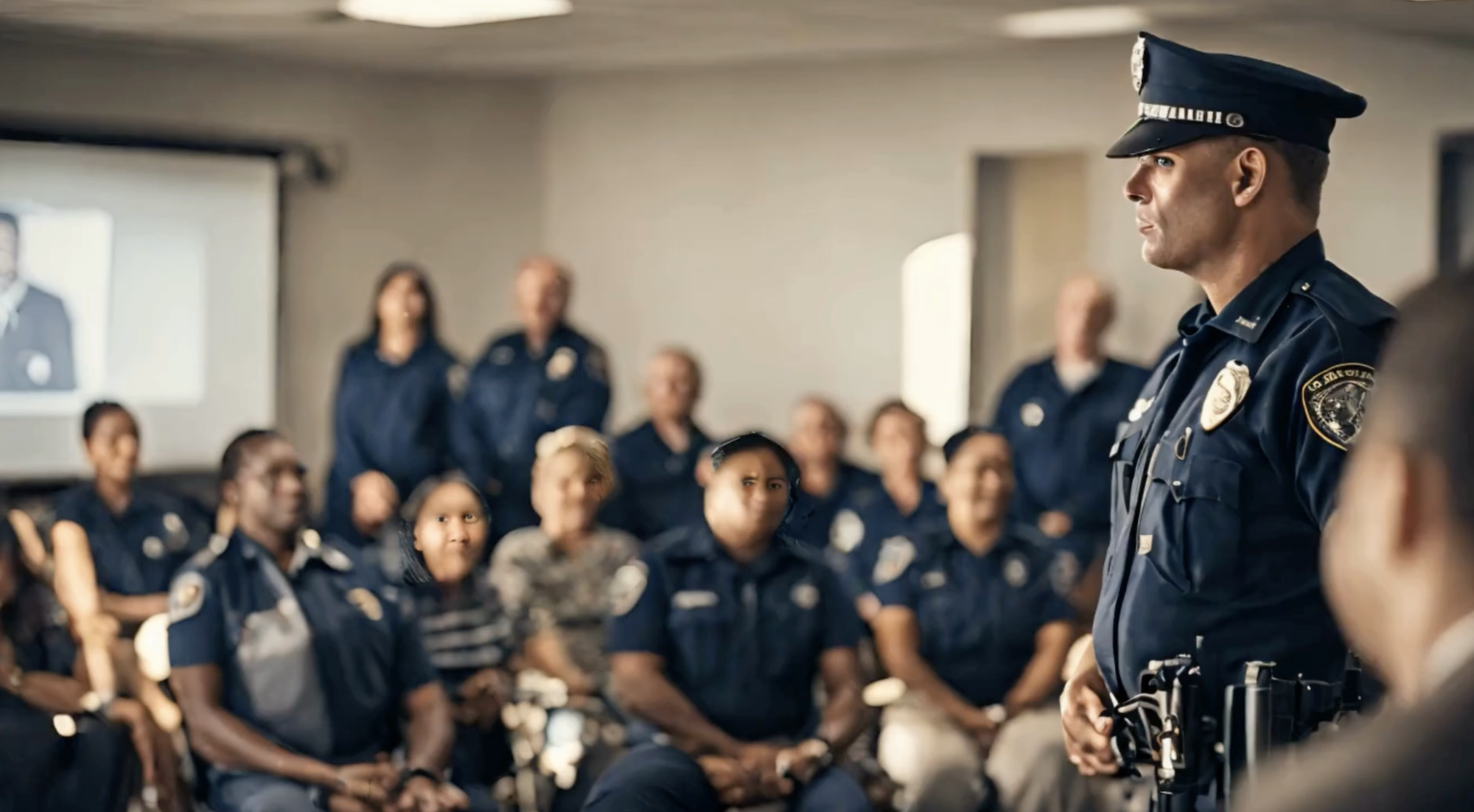Community Involved Policing can help build bridges between law enforcement and members of the community, empower community members, and lead to better places to live and work.
Introduction to Community Involved Policing
In recent years, the concept of Community Involved Policing has gained traction as a powerful tool to foster positive relationships between law enforcement agencies and the communities they serve. This approach emphasizes collaboration, trust, and active participation from community members, encouraging them to take an active role in making their neighborhoods safer and more inclusive. By working hand in hand with law enforcement, individuals can contribute to the betterment of their communities and create a sense of shared responsibility. This article explores the benefits and strategies of Community Involved Policing, highlighting the transformative impact it has on communities across the globe.
The Power of Partnership
Community Involved Policing recognizes that effective law enforcement goes beyond just preventing and solving crimes. It aims to build strong partnerships between law enforcement agencies and the people they serve. By involving community members in decision-making processes and creating platforms for open dialogue, Community Involved Policing fosters trust, understanding, and a shared sense of responsibility. This collaborative approach helps break down barriers, reduce fear, and build bridges that empower individuals to actively contribute to the safety and well-being of their neighborhoods.

Engaging the Community
Community Involved Policing encourages active community involvement in addressing local issues. This proactive engagement can take various forms, such as neighborhood watch programs, community outreach events, and volunteer initiatives. By participating in these initiatives, individuals not only gain a deeper understanding of the challenges and concerns faced by law enforcement but also play a vital role in finding practical solutions. Empowered by knowledge, trust, and a sense of belonging, community members become the eyes and ears of their neighborhoods, working alongside law enforcement to create safer and more inclusive spaces.
Problem-Oriented Policing
One of the cornerstones of Community Involved Policing is problem-oriented policing. This approach shifts the focus from merely reacting to crimes to proactively addressing the root causes and underlying issues that contribute to criminal activities. By collaborating with community members, law enforcement can identify specific problems affecting the community, such as drug trafficking, vandalism, or gang-related activities. Together, they can develop targeted strategies and interventions that address these issues holistically, leading to long-term solutions rather than temporary fixes.
Community Involved Policing and Education and Awareness
Another essential aspect is education and awareness. By organizing workshops, seminars, and training sessions, law enforcement agencies can empower community members with knowledge about crime prevention, personal safety, and legal rights. Enhanced awareness not only equips individuals to protect themselves and their communities but also promotes a culture of proactive engagement, where residents actively report suspicious activities and work collaboratively with law enforcement to maintain a safe environment.
Conclusion
Community Involved Policing represents a paradigm shift in law enforcement, emphasizing the power of partnership, trust, and active community involvement. By bridging the gap between law enforcement agencies and the communities they serve, this approach fosters a safer, more inclusive society. Through collaboration, education, and problem-oriented initiatives, it also empowers individuals to take an active role in shaping the security and well-being of their neighborhoods. By working together, law enforcement and community members can create a positive, transformative impact that transcends traditional notions of policing. Building bridges between law enforcement and communities paves the way for a brighter future, where safety and justice are a shared responsibility.
